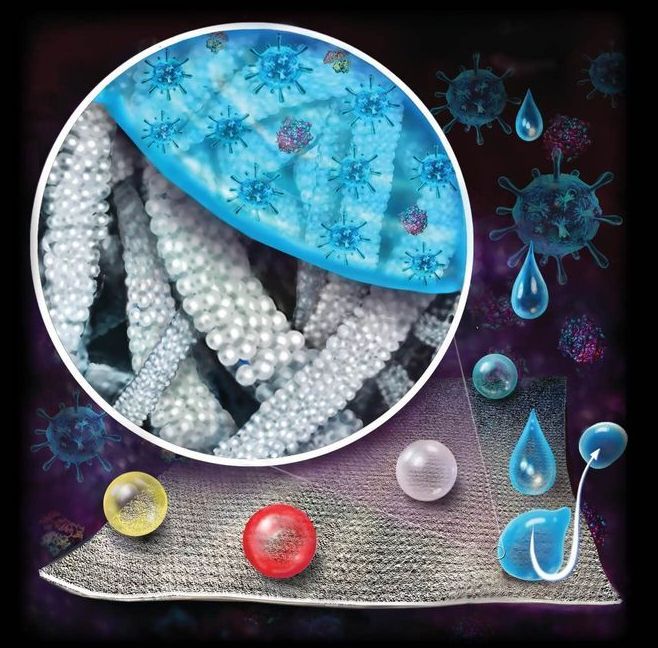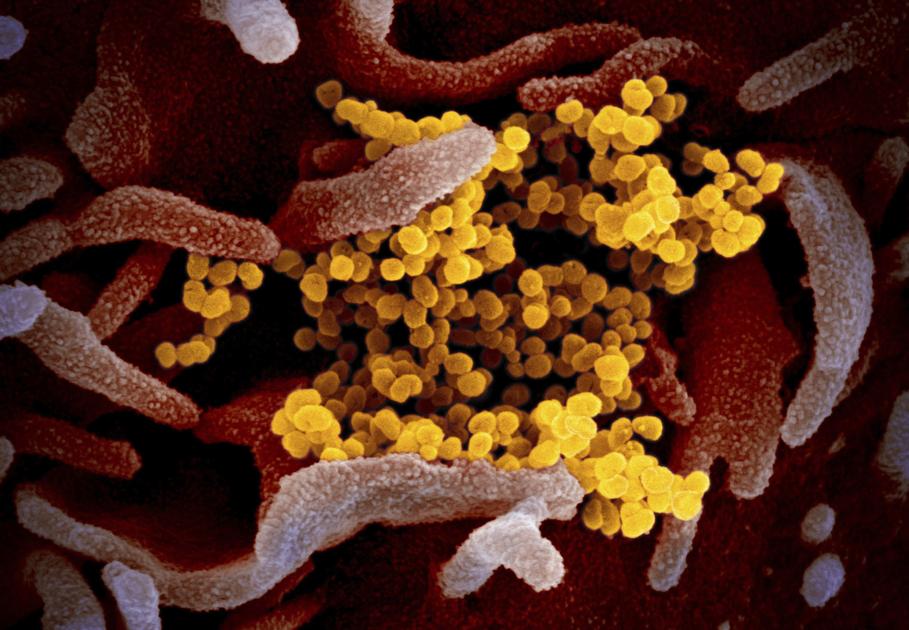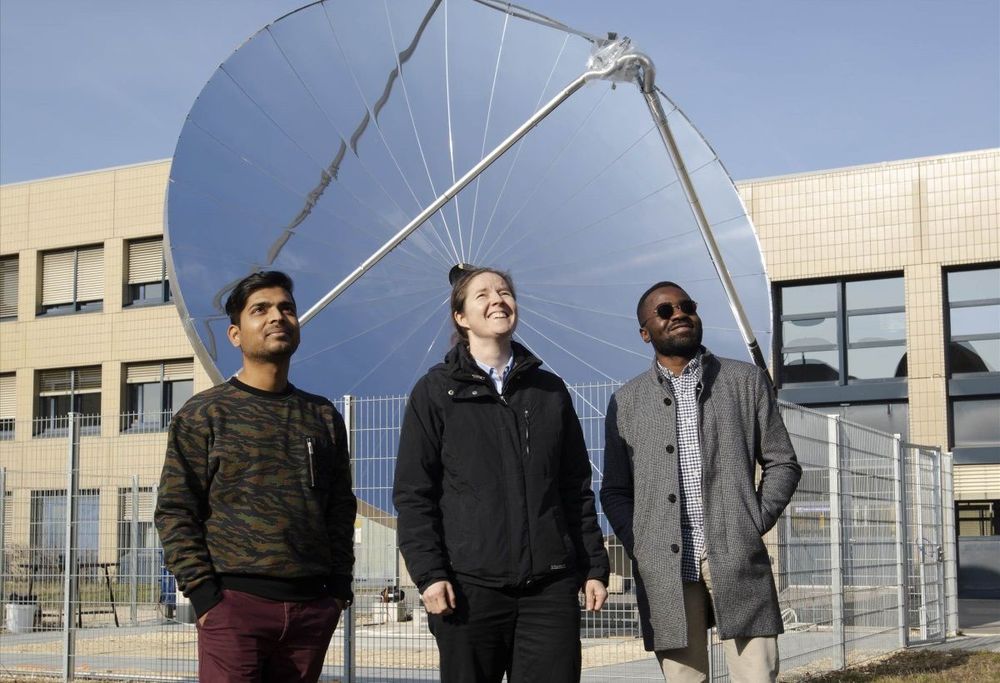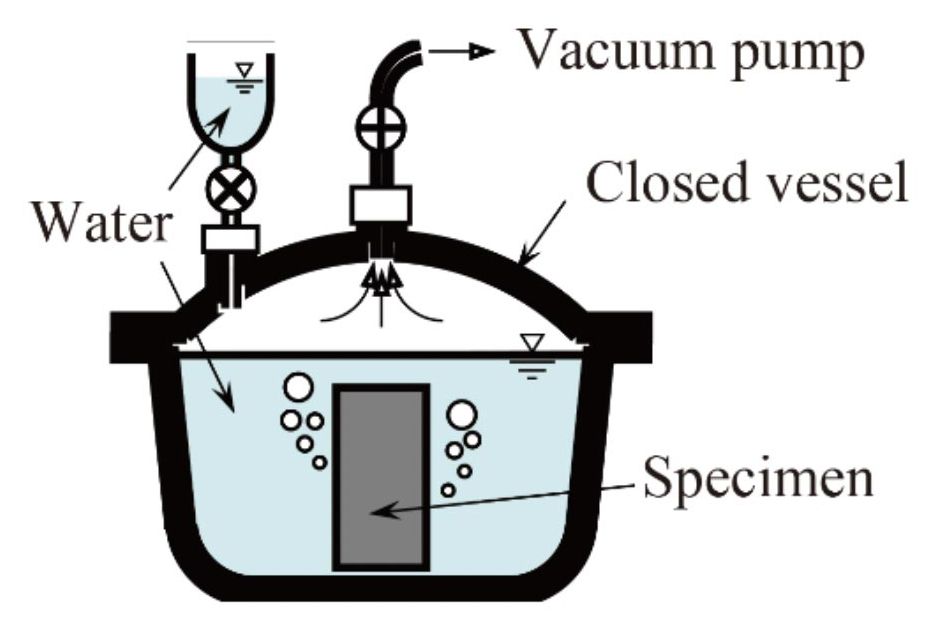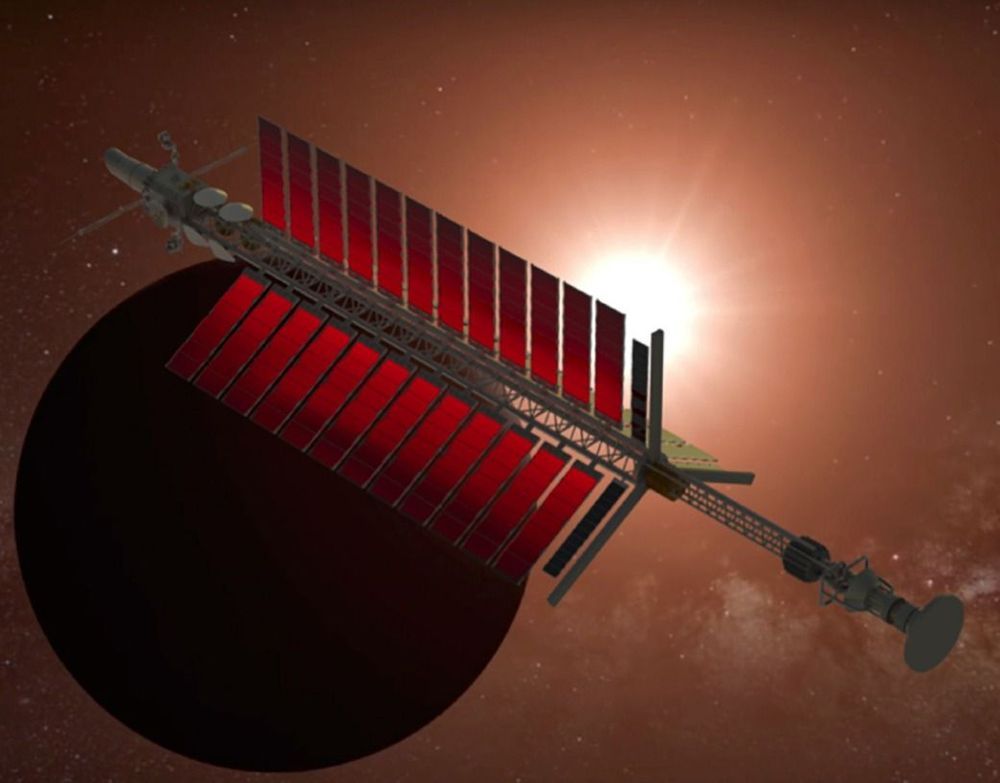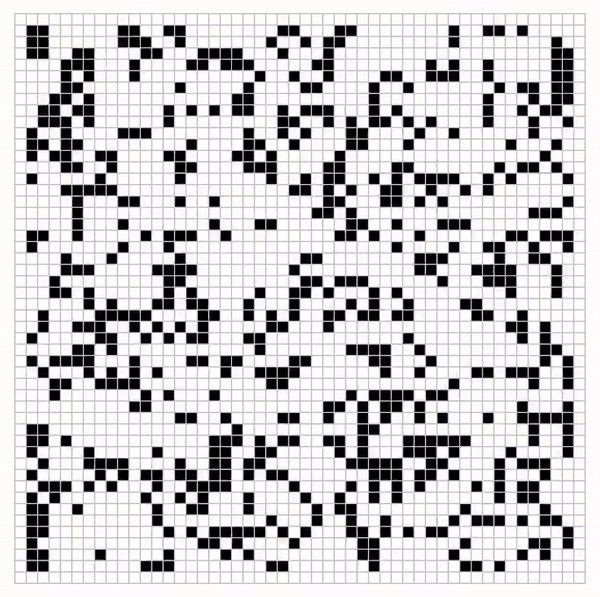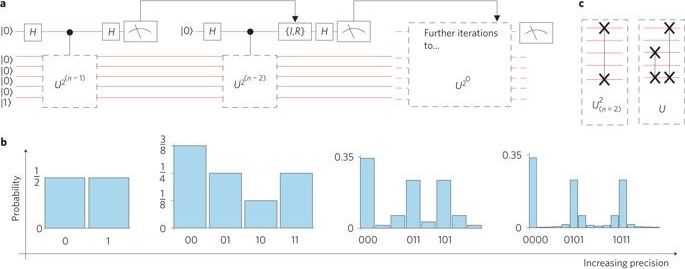May 13, 2020
Canadian military to get new sniper rifles
Posted by Quinn Sena in categories: government, military
The C20 will replace the C8 as the personal defence weapon for Canadian Forces sniper teams, confirmed Department of National Defence spokeswoman Andrée-Anne Poulin.
The government will also launch a competition sometime this month to buy 229 bolt action sniper rifles. That rifle, designated as the C21, will be used for long-range shooting and will come in two different calibres.
The Canadian Forces says the new C20, which will be in 7.62 calibre, will be more accurate and an improvement over the current C8 used by sniper teams.

